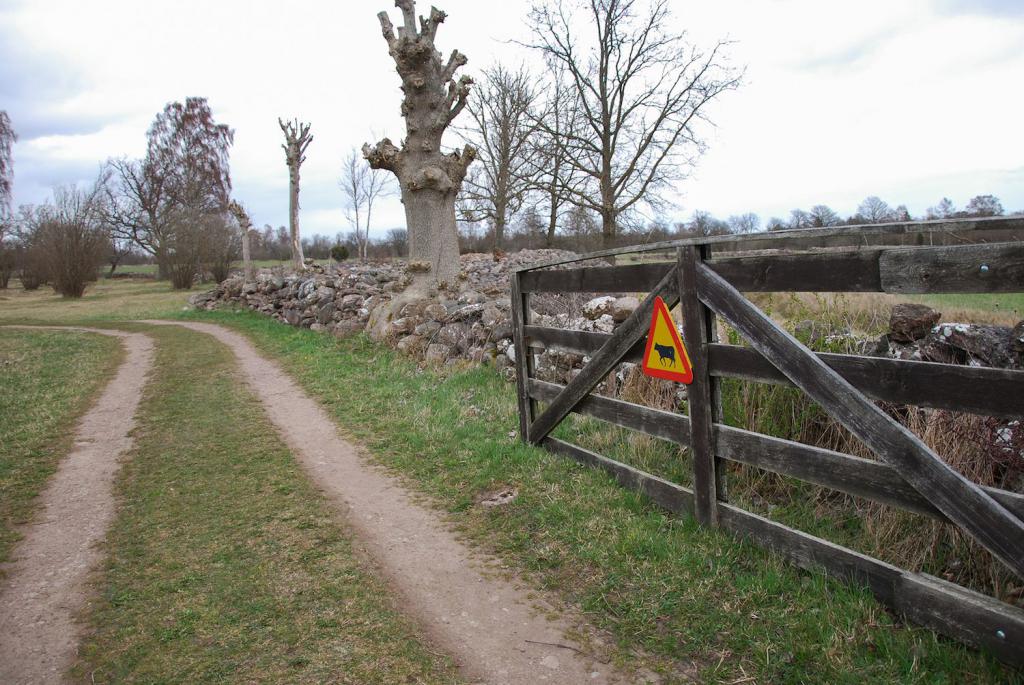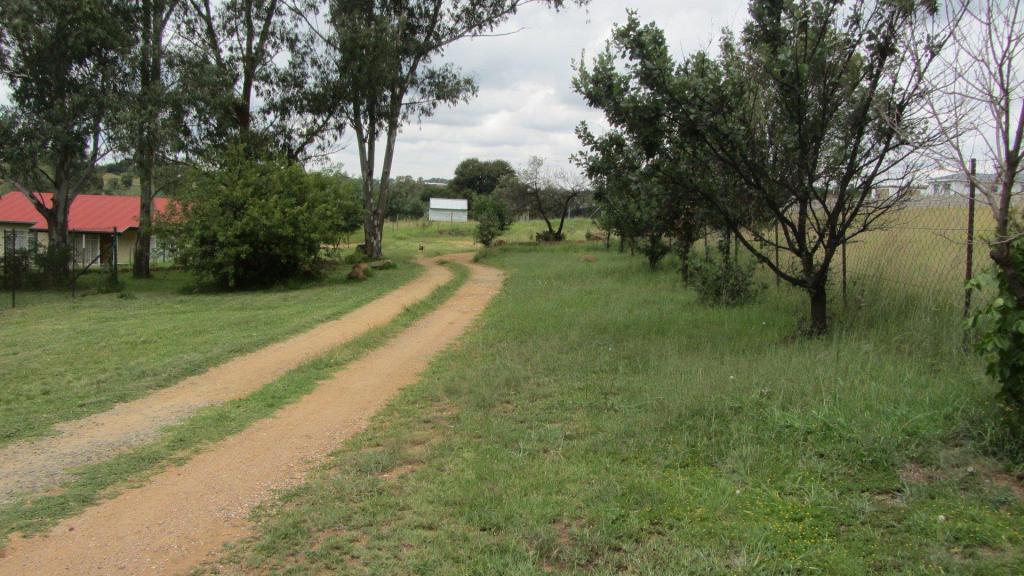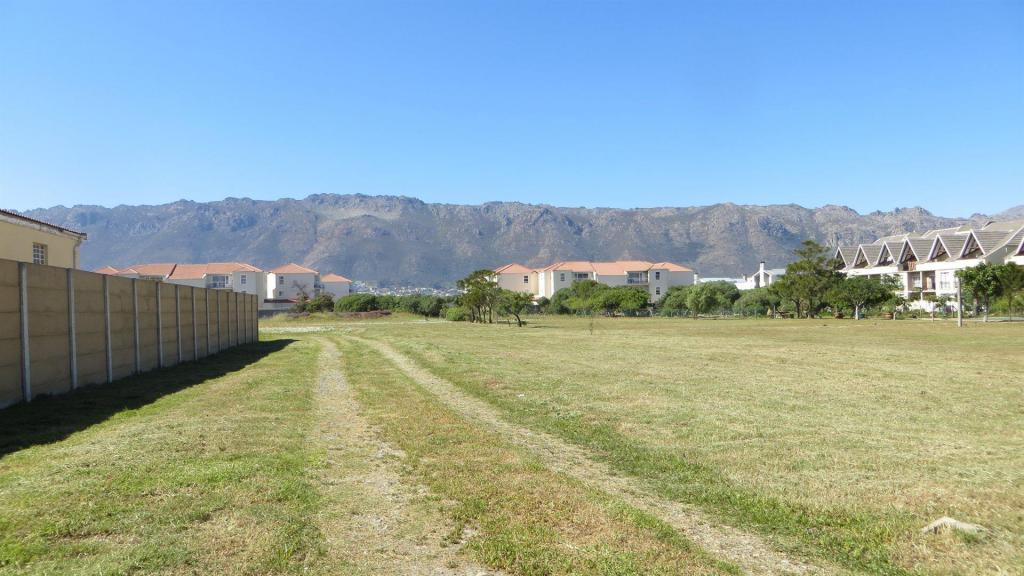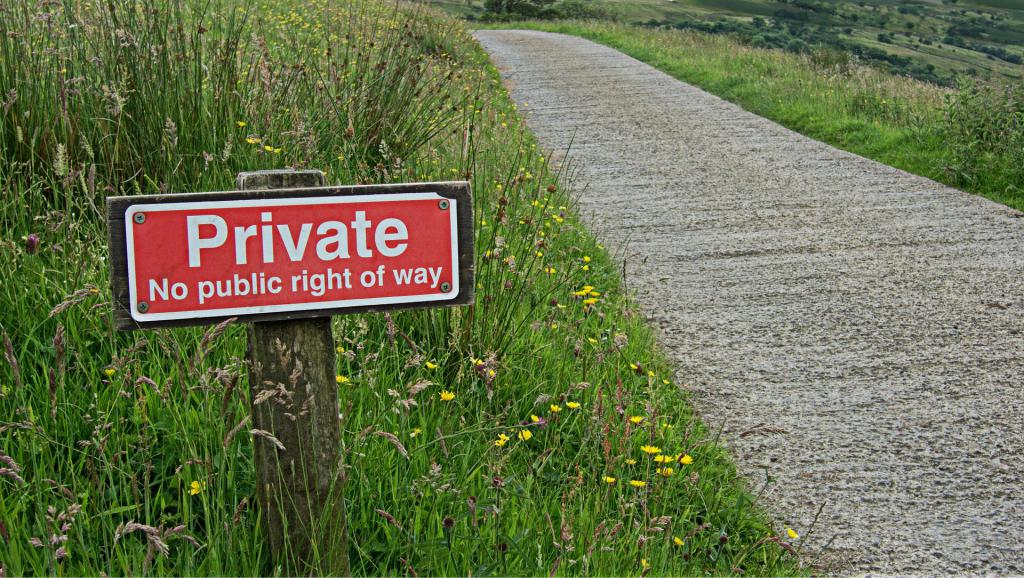Often land owners have to deal with such a concept as easement. It is represented by a certain encumbrance regarding the right to use land. There is a private and public easement. They differ in those who impose this burden. The initiator may be the direct owner of the facility or the municipal authorities of each region. You should understand the features of using this restriction.
The concept of public easement
It is represented by a special burden on the ground. Due to it, the rights of the owner of the site are limited, so some part of the territory or the entire site is alienated. This process is being carried out by the municipal authorities of the region. The use of such an encumbrance is accompanied by features for the owner of the site:
- there is no opportunity to use part of the territory solely for their own purposes;
- land is used along with other citizens, therefore it is not allowed to create different obstacles for people;
- most often, such an encumbrance is used to create a passage or passage, access to water or to pasture for cattle driving;
- a restriction is imposed by the local administration, so it is impossible to cancel it in the absence of grounds.
The main purpose of using such an encumbrance is the need to provide the population with the opportunity to use some part of the land for different purposes. In this case, the provisions of the Civil Code are taken into account.

Differences between the two types of restrictions
There are several such burdens. Private and public land easements have significant differences.
Public restriction is established only by local authorities, and it is intended for other citizens who, for various reasons, need to use some part of the site owned by a private owner. For this, preliminary public hearings are held. All people can use the territory for specific purposes without having to pay any funds for this. At the hearing, the owner of the site may object after establishing the burden, but if it is necessary, then it will not be possible to challenge it even through the court. It must be registered with the Rosreestr.
A private easement may be imposed by the direct owner of the territory or by various cooperatives. In this case, only a limited number of copyright holders are allowed to use the territory. The right to use land by specific individuals is enshrined in Rosreestr. Fees may be required from all persons who use the territory.
Therefore, public and private easements differ in terms of use, number of copyright holders and the need to obtain consent from the owner of the site.

Features of public restriction
Its main difference from private encumbrance is the fact that it is established by local authorities, so the owners of the territory cannot in any way influence this decision. Other features of public land easements include:
- it is not required to obtain permission from the owner of the site to impose an encumbrance, since first hearings are held at which the owner’s point of view can be heard, but it is not fundamental, therefore if he categorically refuses, then an encumbrance is established by the court;
- a special state act is adopted for this, which is binding;
- the application of such a restriction must be justified, therefore there must be good reason.
The legislation clearly states under what conditions it is allowed to use this method of restricting the rights of the owner. Therefore, by law, a public easement is used in situations:
- It is required to create an opportunity for passage and passage through the site;
- it is necessary to lay communications underground, as well as provide access to their free services if necessary;
- need access to water resources, which can be obtained exclusively through land owned by a private person;
- requires passage for people and animals to ponds, pastures or areas where haymaking is implemented;
- drainage work is in progress;
- access to areas where local authorities allow hunting, fishing, picking different berries or mushrooms is organized.
Such an encumbrance does not imply alienation of the territory in favor of other persons or state authorities. The plot is still owned by a private owner. If a situation arises in which there is no longer any reason for an encumbrance, then it can be removed, for which it is necessary to submit an appropriate petition.
The owner of the territory may demand that the state redeem part of the land that is subject to the restriction. Compensation may also be paid to him. Usually it is appointed if the public easement has led to the fact that the land owner was not able to use the territory for its intended purpose.

What can not be considered a servitude?
There are certain restrictions that do not apply to public easements. This includes territories used for citizens or enterprises, as well as for public use.
Such objects include:
- power lines or pillars;
- connection to different sections of gas equipment;
- laying water pipes to each residential or public building;
- laying pipes of the sewer system.
All these elements create certain restrictions on the use of the territory, since it will not work in places where pipes are laid to drill a well or perform similar actions with the ground. Under power lines it will not be possible to erect a private building. But there is no need to impose a public land easement.

How are constraint boundaries determined?
When such an easement occurs, several points are taken into account:
- it is required to determine the owner of the territory, and if the land belongs to the state, then you will have to get a permit, and private owners are simply informed of the imposition of an encumbrance if they voluntarily refuse to sign the agreement;
- boundaries are set for a specific territory.
To perform these actions, special hearings are required. They are attended by representatives of the local administration and the owner of the site. The establishment of a public easement on a land plot is discussed, and its exact boundaries are determined. As soon as resolutions are ready, an encumbrance is formalized on the basis of established boundaries.
A site in which there is a public easement may be subject to local surveying and cadastral registration by local authorities. Next, a boundary project is formed, for which the information contained in the cartographic boundary plan is used.
Special symbols are applied to the map, based on which the boundaries of the existing encumbrance are determined. The resulting drawing is described in detail on the basis of numerous standards. This documentation is approved by the commission, after which the borders are transferred to the terrain in kind.

Who can be the initiator?
For the installation of encumbrance on land owned by a private owner, different grounds can be used.Under the law, a public easement can be offered at the initiative of various people and institutions:
- officials of various government bodies;
- groups of citizens who require passage or travel in the territory belonging to a private person;
- government officials.
The encumbrance is allowed only under the condition that there are no other possibilities for solving the problem. If there is a long workaround that allows you to use certain resources, then the restriction will be denied.
The initiator must submit a corresponding application to local authorities. In this case, we must focus on the provisions of the Federal Law No. 193.
When is forbidden?
There are situations when it is forbidden to use such an encumbrance. Therefore, the registration of a public easement will not be legal under the conditions:
- the owner of the territory, due to such a restriction, cannot fully use his plot;
- the owner demands to cancel the encumbrance, but at the same time he must have evidence that access to an object can be obtained in another way, therefore it is not allowed to violate his rights in relation to the property;
- it is impossible for a variety of reasons to hold a public hearing.
Often, the owners of territories have a negative attitude towards encumbrance, therefore they turn to the court. If they can provide evidence that their rights have been violated, and at the same time there is no good reason for a public-law easement, then by court decision such a restriction on the land could be lifted.

Step-by-step instructions for imposing an encumbrance
The procedure involves performing certain sequential actions. Under the law, a public easement can be established exclusively by the following steps:
- Initially, citizens or companies that need to use part of someone else’s land should contact their owner to propose a peace agreement on the basis of which they will use the territory for specific purposes. If the owner refuses to draw up an agreement, you will have to act through the authorities.
- Those interested in encumbrance should contact the local administration to establish a easement so that they can use the existing territory for any purpose. A statement must be drawn up in the name of the head of administration. It lists information about the applicants, about the site on which the encumbrance should be imposed, as well as about the reasons for using the easement. All reasons must be valid, because otherwise the rights of the private owner of the land will be violated. Therefore, additional justifications are given, for example, it is indicated that it is impossible to resolve the issue in another way. At the end, the signatures of all applicants and the date of formation of the document are put.
- The accepted application is considered for a maximum of 5 days, after which a decision is made. If it is positive, then the document is accepted for production. If the decision is negative, then the applicants will receive a written document listing all the reasons for the lack of the possibility of imposing easement.
- As soon as the document is accepted into production, an employee of the administration authorized to impose the easement is appointed. He calls the landowner to notify the need for restrictions. It tells what the public easement zone will be, for what reasons it is required to take advantage of the encumbrance, and also explains other important points if necessary. An option to draft an agreement is proposed. Since the owner of the territory in any case incurs losses, compensation may be offered to him. If there is no objection from the landowner, an agreement is drawn up on the use of part of the property by all citizens for specific purposes.
- If the land owner refuses to draw up an agreement, then they formally refuse.
- All documents for establishing a public easement are transferred to the land department of the local administration.
- Hearings are scheduled, for which a date is set for them. All interested parties are invited to them, to which the owner of the territory belongs. All participants can express their opinion.
- A decision is made by the local administration. If the need for restriction is recognized, then if there is a refusal from the owner of the land, the case is referred to the court.
- Through a court decision, a public easement is established, which is then officially registered in Rosreestr.
Thus, the process is considered specific and long. But if there really is a need for encumbrance, then even if the owner refuses, the procedure can be performed.

Is compensation awarded to the land owner?
Landowners may claim compensation for the use of their property by unauthorized persons. For this, it is advisable to invite a professional appraiser who determines the value of the land on which the encumbrance is imposed. Depending on the value obtained, the size of the board is determined.
Damage is caused even if the owner does not use the land for any commercial purposes, since in any case he cannot fully use the territory. The right of public easement is imposed by the administration, and often this leads to the fact that the quality of the land is deteriorating, so in the future it will not work to use it for different purposes. Administration usually responds positively to the need to pay compensation. For this, an appropriate agreement is drawn up with the land owner, containing the amount of the fee.
When does the action cease?
There are opportunities for termination of easement. This happens in situations:
- encumbrance was imposed only on a limited amount of time during which it was required to perform some work;
- the rights of the owner are violated, as citizens or companies do not respect the existing borders;
- significant damage to the earth;
- the SES and fire safety standards are not observed, so the owner can cancel the restriction through the court, since the site is used in bad faith.
The early termination of the easement is possible by agreement of the parties, with the involvement of the administration or through the court. Usually for this process, the owner of the territory is the initiator.
Thus, a public easement is represented by a certain restriction imposed on the territory. It gives access to the use of land to all citizens, therefore it is not allowed to fix obstacles for this from the owner. The owner of the territory may require a charge for encumbrance. It is allowed to remove it ahead of schedule in the presence of certain grounds. The process must certainly be carried out in the correct sequence of actions, and the presence of easement is necessarily recorded in the Federal Register.
